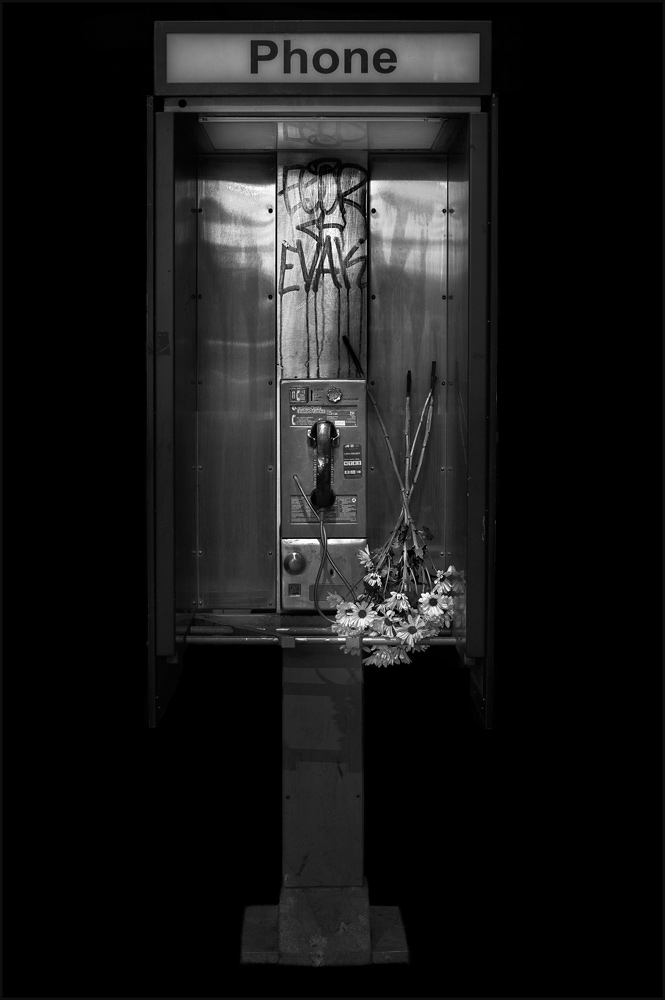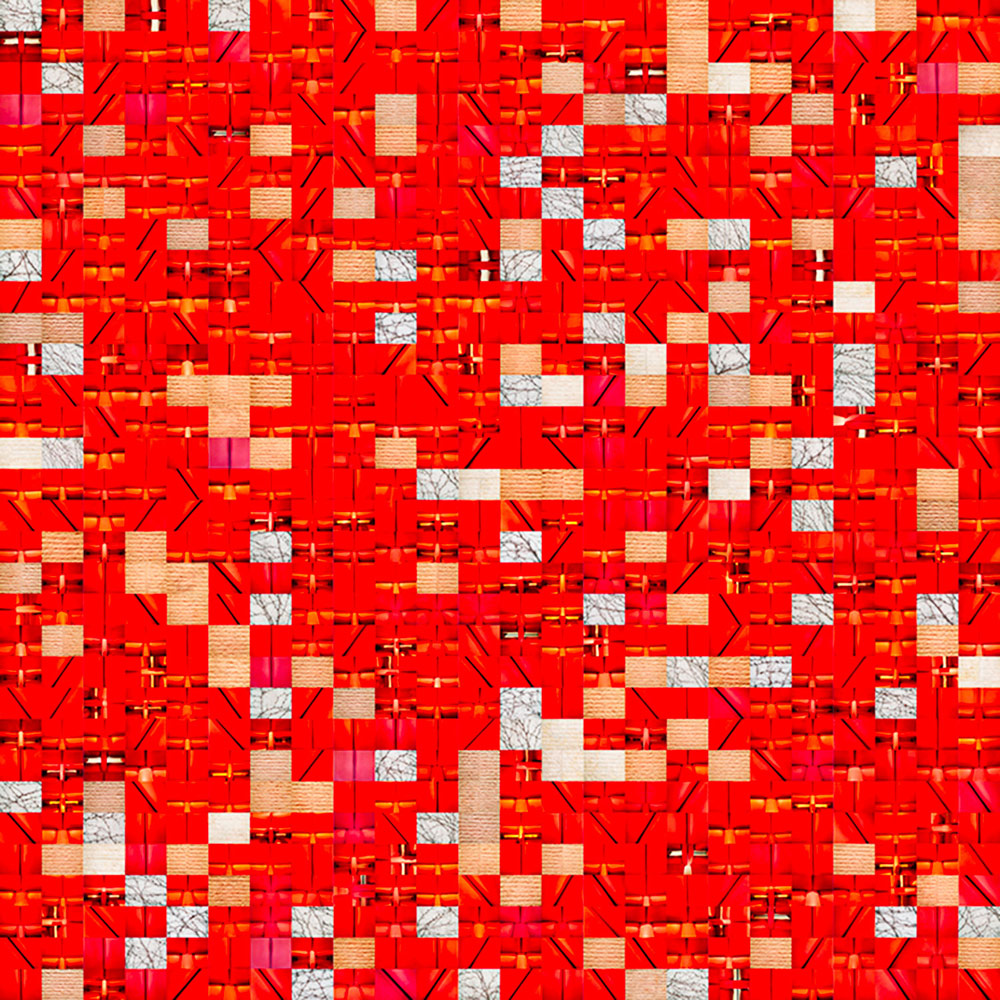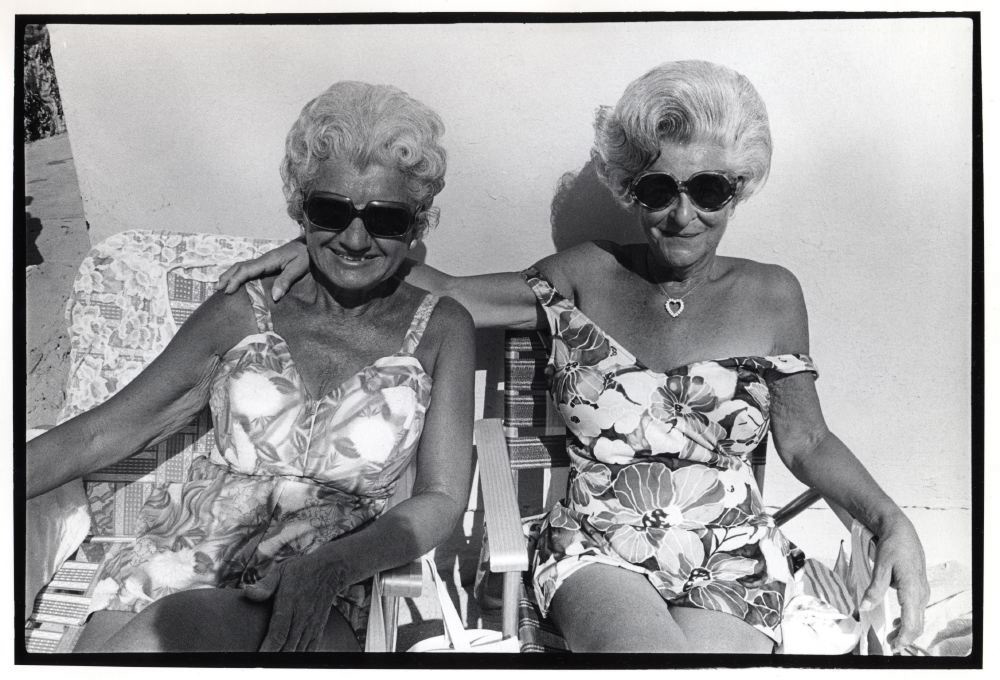 Miami Beach, 1974 © GODLIS
Miami Beach, 1974 © GODLIS
"I took these photographs in late winter 1974, when I was in Miami Beach for 10 days visiting my (Jewish) grandmother who lived in the area now known as South Beach. I was on a short break from my first year of photography school up in Boston (East Cambridge, a school called Imageworks). By that time in 1974, I was already knee deep into "street photography", and had already burned my way through various photography books: Henri Cartier-Bresson's Decisive Moment, Robert Frank's The Americans, as well as the work of Garry Winogrand and Lee Friedlander.
"But it is Diane Arbus who echoes through all of these Miami Beach 1974 photographs. Diane Arbus died less than 3 years earlier, in the summer of 1971. And by fall of 1972 a tremendous exhibition of her life's work had opened at the Museum of Modern Art in NYC. Quite unlike any photo exhibition before, there were long lines of people daily at the Museum to see her work. I took a trip (a pilgrimage) to New York to see that show, and got myself a copy of the now legendary Arbus Aperture Monograph. And a little over a year later I took these pictures in Miami Beach. This is no coincidence.
"At age 22, Miami Beach was somewhat familiar territory to me. I had been on many visits to Miami as a kid visiting my grandparents. So I was quite familiar with the mix of palms and kitsch. There are photos of me in my Davy Crocket shirt under the palm trees. But now, instead of having my picture taken, I was doing the picture taking. Shooting over those 10 days with my Pentax Spotmatic and a wide angle lens, I was welcomed by the Jewish retirees playing cards - "why do need my picture?" "You're such a nice boy, you should meet my granddaughter". I spent every day wandering along Ocean Drive and accompanying Lummus Park lawns, nearby Washington Street, the Dog Tracks and the old Pier. I took trips to the Zoo, and explored the Lincoln Road Mall where I found the "golden girls" protesters demonstrating for Nixon's impeachment, less than two years after the 1972 Republican Convention had nominated him in Miami Beach itself. I went back to photography school with over 50 shot rolls of Tri-X, and realized I'd just turned a corner.
"When taking these pictures, I remember following the advice of Garry Winogrand. Look through the lens carefully, and be very aware of what you include between the four edges of the photograph. Keep your eyes open and concentrate. I believe that it was during this 10 day break from photography school in Miami Beach in 1974 that I first found my "eye."" - GODLIS



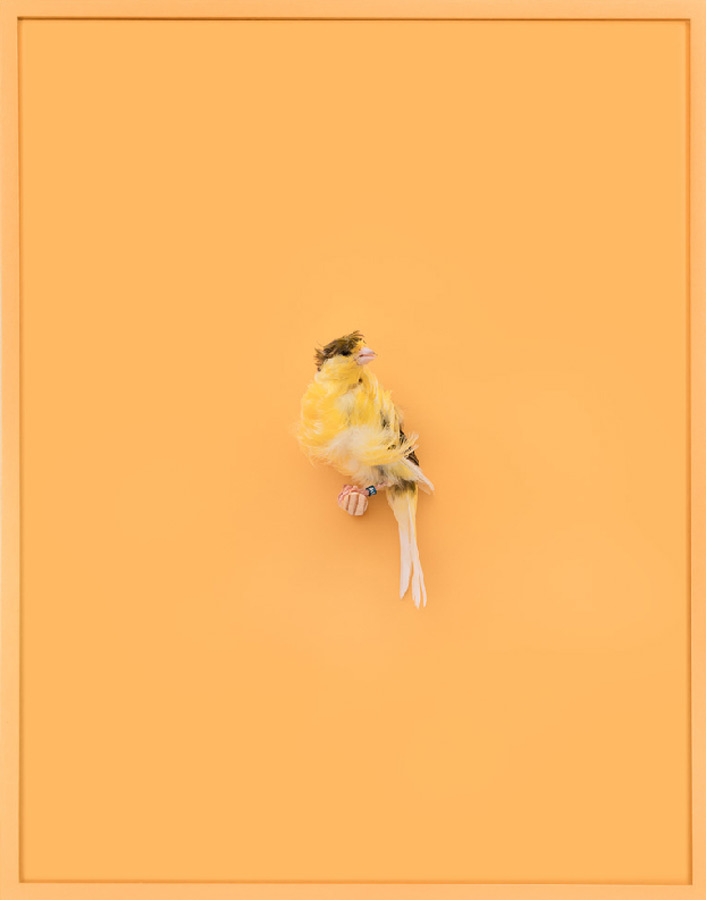

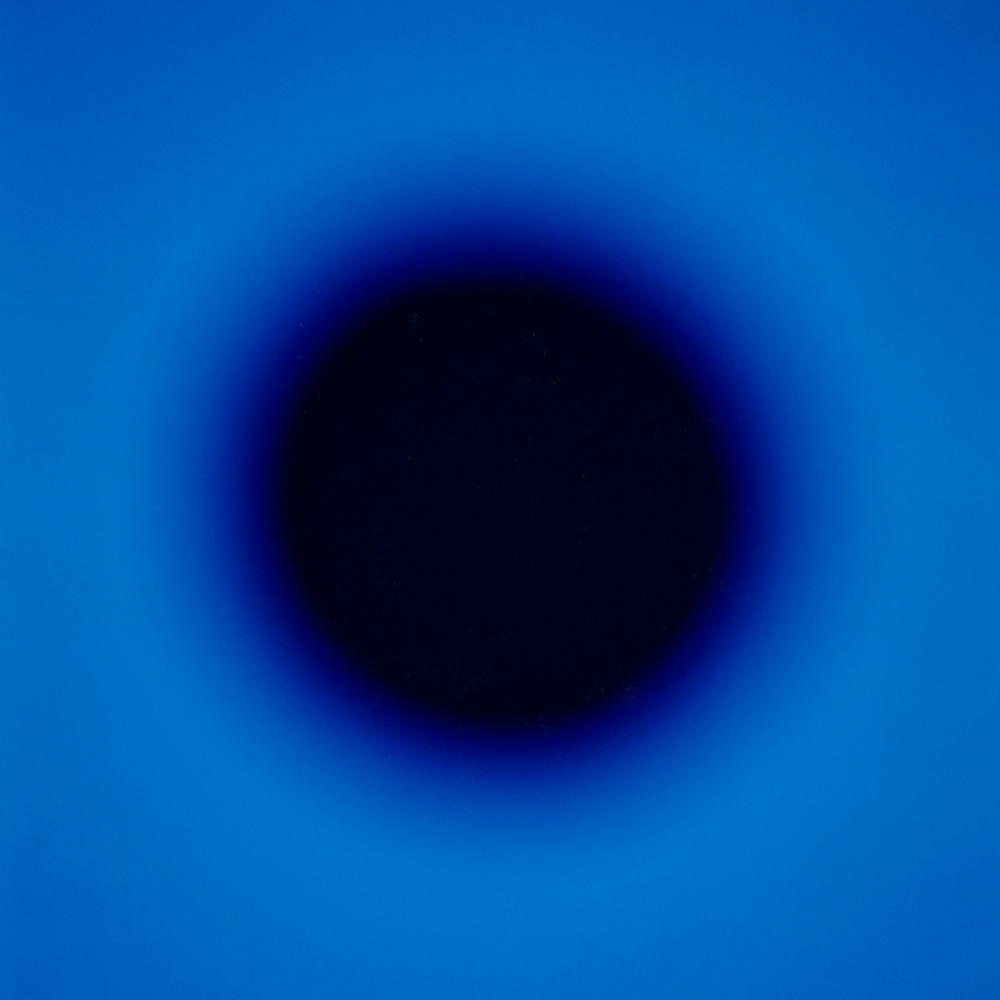
 Miami Beach, 1974 © GODLIS
Miami Beach, 1974 © GODLIS
